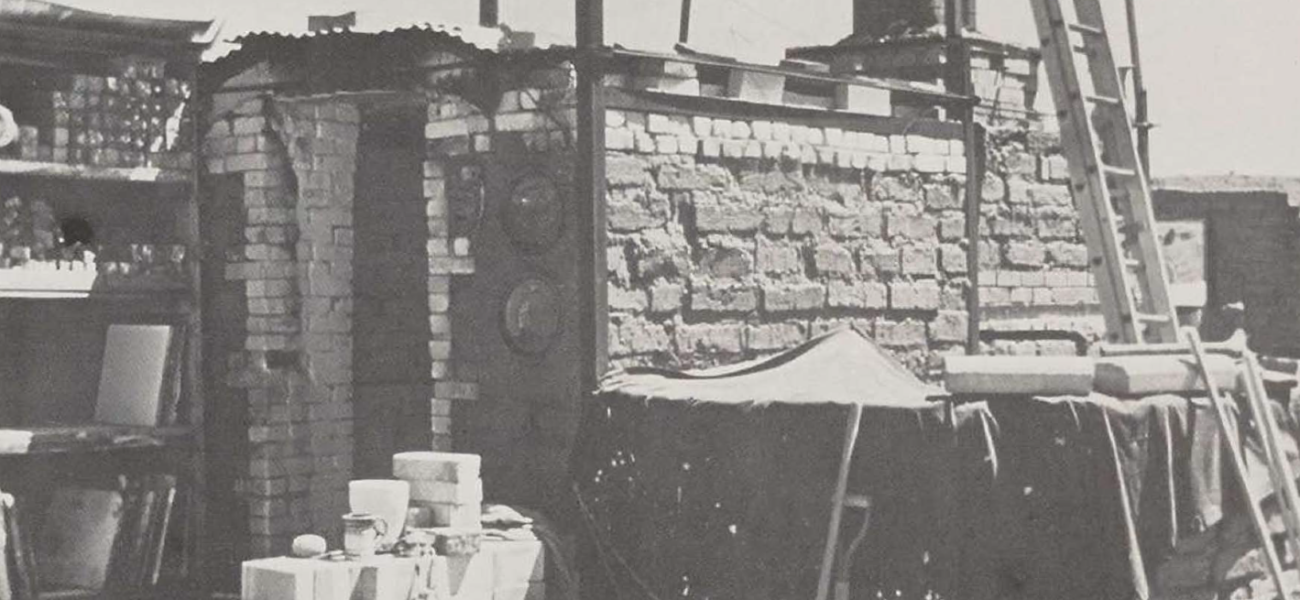Adobe is a sun-dried building block made of clay and sand. It is also a term used to describe the clay/sand mortar used to lay up the block, and the word "adobe" also refers to any structure built of this material.
Adobe is the traditional building material for this part of the country. There are New Mexico buildings in use that are over 200 years old, and there are remains of Indian adobes much older. Before.the recent concern for energy conservation, adobe was often used mainly for aesthetic considerations and, at least for the building industry, I was considered an expensive material compared to frame-stucco or concrete block. For the person building one's own structure, however, with a low budget and/or a concern for economy in a larger sense, adobe has many advantages. While it requires large amounts of labor, it doesn't require highly skilled labor. It is a low energy material which doesn't use the irreplaceable resources that are required for the production and transportation of cement blocks, fired brick, fiberglass or lumber. As oil prices increase, adobe may become much more economical even for the commercial builder.
In relation to solar energy. adobe blocks are sun baked as opposed to fired brick, chemically hardened building blocks or milled lumber, all of which require large amounts of conventionally produced energy. If produced on the building site, adobe also saves the oil used in transporting the other materials to mill or factory, from there to retailer, and then to the site. If used in solar heated buildings, adobe can become a heat sponge and aid in heat storage.
There are certain climate limitations-it is much easier to produce adobe blocks and construct an adobe building during hot, dry weather. Adobe, unless stabilized, must be protected from running water. With properly designed roofs and foundations, however, adobe can be used outside the usual desert climate.
Stabilized adobe is the same material, made by the same process, with the addition of asphalt emulsion or other ingredients to increase water resistance. While there are some practical applications for stabilized adobe, it hooks the process into the oil industry again, and most of the advantages of stabilized adobe can be achieved with regular adobe by careful planning and design.
For the potter, adobe is a natural, basically clay process with very plastic possibilities. It can be used for studios. housing, wind breaks, low temperature kilns, and outer layers of stoneware kilns. The labor. factor is not necessarily a drawback for those potters whose lifestyle are evolving toward more independence and who are used to putting in long hours at their work.

